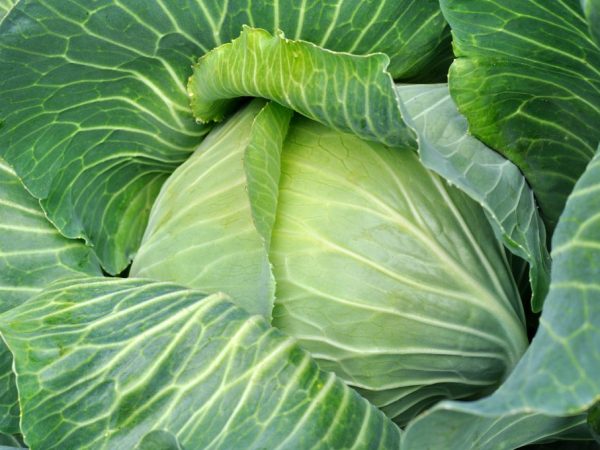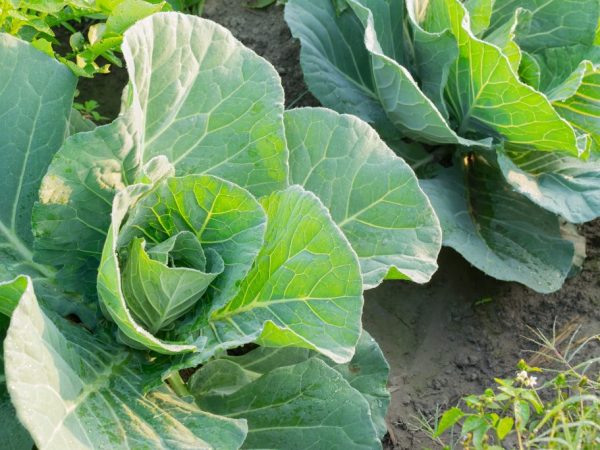Description of Kupchikha cabbage
Kupchikha's cabbage is an ideal solution for most gardeners and gardeners. Many of them try to grow it on their site due to the fact that it gives high yields and is not whimsical at all in care.

Description of Kupchikha cabbage

Characteristic
Kupchikha cabbage was bred in Russia. Suitable for cultivation in the central and southern regions of the country. But, some gardeners from the northern regions have adapted to grow this crop in greenhouse conditions.
According to the description, Kupchikha belongs to the mid-early varieties. The growing season of the culture lasts for 110-120 days from the moment the first shoots appear. The total yield is about 500 kg per hectare.
Leaves are light green in color. Their shape is oval, with small wavy edges. The leaves of this variety are not covered with a waxy coating, as in most other crops of this species. The outer head of cabbage is medium in size.
Description of the fetus
Description of the fruit:
- the head of cabbage is rather dense in structure;
- in the context of the fruit is white;
- the weight of an individual fruit is, on average, about 3 kg.
This variety belongs to universal crops. It is suitable not only for fresh consumption, but also for preparing salads and pickles. Excellent indicators of taste appear when fermented.
Growing
Planting culture occurs only in seedlings. It is recommended to plant seeds in mid-March to obtain seedlings. They must be treated in advance with Oxyhom or Epin disinfectants.
Seeds are planted in a common container. The planting depth should be about 1 cm, and the distance between the seeds is about 5 cm. After that, the container should be placed in a room with a temperature of 20 ° C. Usually, after 20 days, the first shoots appear.
As soon as the height of the plant is 25 cm, it should be planted in open ground. The ideal time for planting is early May. Choose only soils with a low alkali content. Its amount should not exceed 4%. Otherwise, compulsory processing of the land with lime is required. It is better to plant seedlings in those areas where legumes were previously grown: they absorb less nutrients from the soil than other plants.
The distance between the rows is about 50 cm. The distance between the holes should be about 70 cm. The planting depth of seedlings does not exceed 5 cm.
Care advice

Cabbage is not difficult to care for
Kupchikha cabbage requires minimal care and basic knowledge of the rules for its implementation.
Watering
Watering should be infrequent and not plentiful. Do not allow the soil to be too wet: this can lead to root rot. The watering interval should be once a week.
The optimal amount of water is about 2 liters per 1 bush. After each watering, the soil should be loosened and weeds removed. The depth of weeding should be 6 cm. This will remove the top crust from the ground and not disturb the structure of the roots.
Top dressing
Unlike other varieties of white cabbage, Kupchikha needs only 2 dressings. The first is carried out 20 days after planting in open ground. At this point, organic fertilizers should be used (200 g of humus or 100 g of bird droppings should be applied under each bush). The second feeding is carried out at the moment when the head of cabbage is just beginning to form. During this period of time, it is advisable to use mineral fertilizers (dilute 20 mg of potassium or 50 mg of nitrate in 10 liters of water). At least 1.5 liters of the substance are poured under each bush.
Disease and pest control
This species is disease resistant. Problems can arise with parasites such as a flea, butterfly, or aphid. To get rid of the first pest, spraying with a special preparation Fitoform should be carried out (about 70 mg of the preparation per 10 liters of water).
In the fight against a butterfly, the drug Regent is often used (for 10 liters of water, 20 mg of a substance). Colloidal salt or Bordeaux liquid will be an effective remedy for aphids. The optimal amount of the drug is 10 mg per 10 liters of warm water.
Conclusion
Despite the fact that this species requires minimal care, it gives excellent yield indicators, this is its main value. The commercial qualities of such fruits are appreciated all over the world, because the products can be stored at a temperature of 6-8 ° C for 3-4 months.


